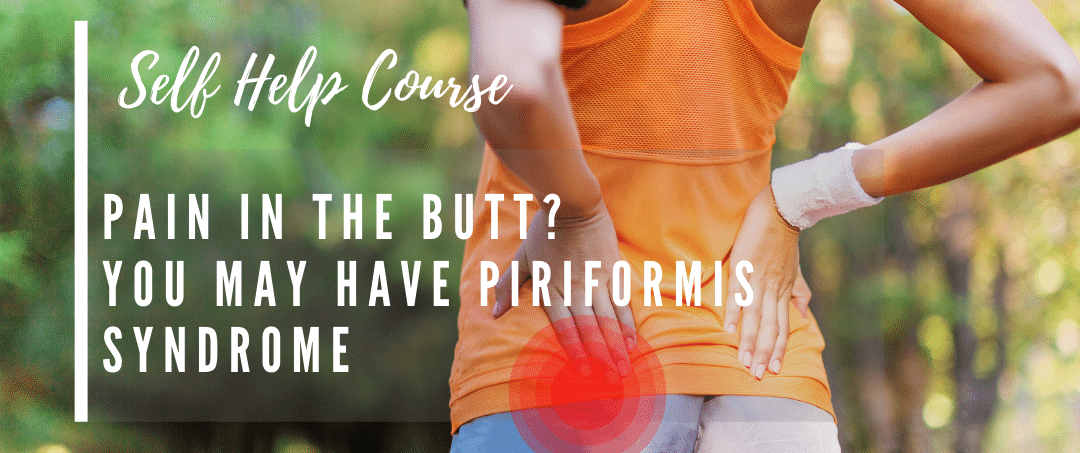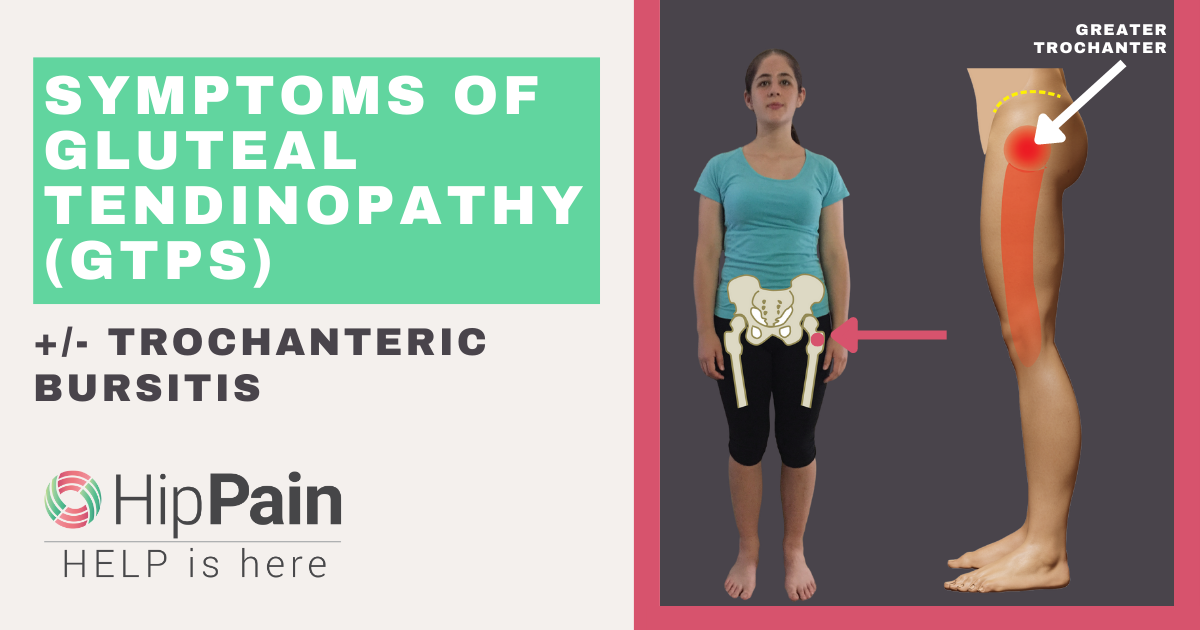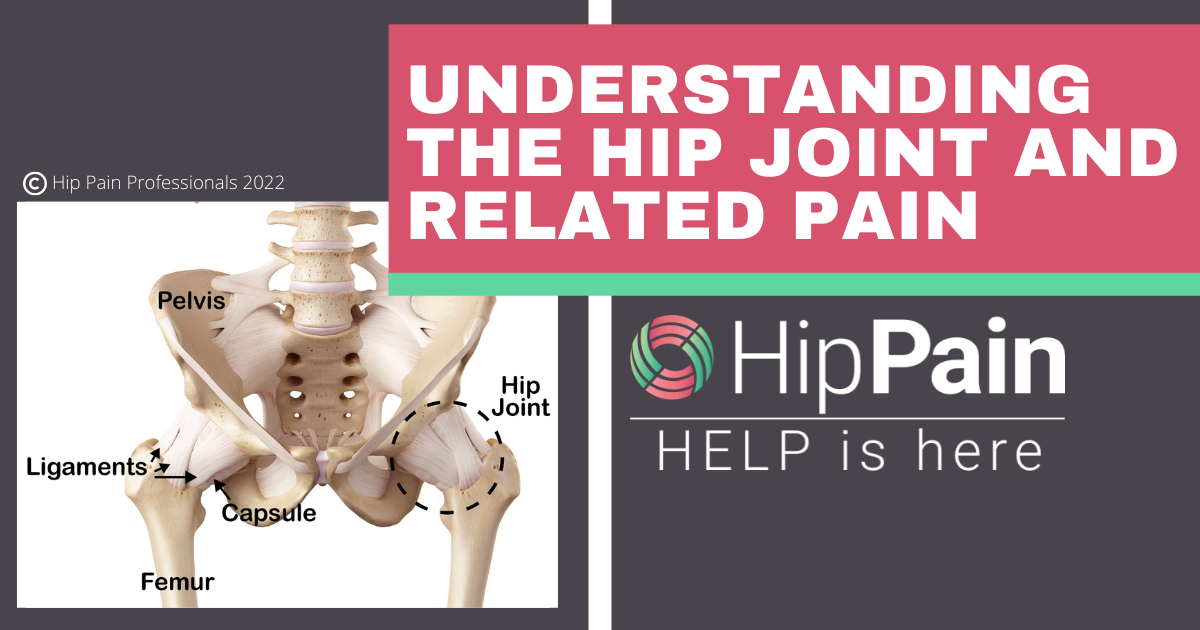What is the Sacrococcygeal Joint that is involved with Coccydynia Pain?
The sacrococcygeal joint is the joint in the tailbone formed between the sacrum and the coccyx. The coccyx is a small triangular shaped bone made up of 3-5 fused segments. Many ligaments attach to the coccyx helping to provide stability and support for the pelvis, its muscles and contents.

Pain related to the Sacrococcygeal Joint – Coccydynia Pain
Pain relating to the coccyx and sacrococcygeal joint is known as coccydynia (pronounced cox-y-dynia). A sudden onset of coccygeal pain is usually associated with trauma, externally such as from a fall backwards onto the bone, or internally such as in childbirth. Onset can also be gradual, commonly related to sustained pressure from sitting or local muscle forces.

Factors associated with an increased risk of developing coccydynia pain are:
- being overweight
- being female – women are 5 times more likely to develop the condition
- increased flexibility or mobility of the joint (hypermobility)
- reduced flexibility or stiffness of the joint (hypomobility)
- variants of coccyx shape
- pelvic floor muscle weakness or overactivity
- other general health factors (read more here): These must be ruled out.
Need Help? How Can A Hip Pain Professional Help?
Your Hip Pain Professional can reduce pain associated with coccydynia by ddressing factors such as:
- excessive weightbearing on the coccyx due to seating or habitual sitting postures (read more here)
- weakness, spasm or altered activity in the muscles that attach to the coccyx including the gluteus maximus (buttock) and pelvic floor muscles (see the soft tissue section)
- altered stress and strain on the structures that attach to the coccyx which may have occurred after trauma or as a gradual build up over time
- Providing or referring you for a pain-relieving injection into the area or in very rare cases, to a surgeon.
Search For A Hip Pain Professional Here.










